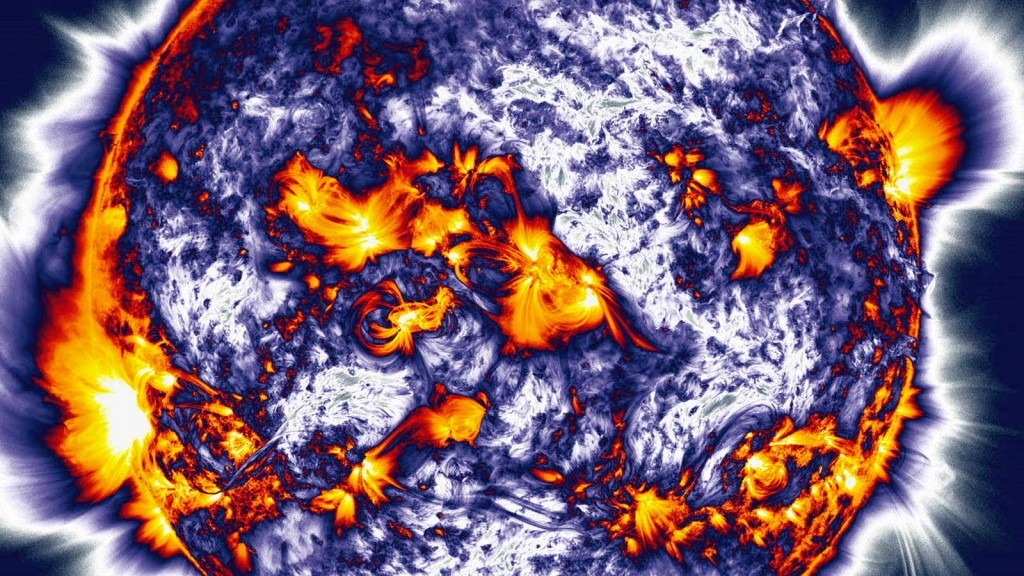Above: Award-winning photojournalist Bulent Kiliç talks through his exhibition at Visa pour l’Image 2015
It is the 27th edition of Visa pour l’Image in Perpignan at the moment, an international photojournalism festival, the largest of its kind in France. I happened to have caught up with an episode of the Freakonomics podcast about why we really follow the news last weekend, and I have been thinking about this as I visited several of the photo exhibits in the past few days. The exhibits cover a wide variety of topics, though more often than not they aren’t happy times holiday photos. The festival selection features stories from the some of most important and horrible news events of the past year: the war in Syria, refugees fleeing Syria, the Ebola epidemic in Western Africa, the earthquake in Nepal, and much more.
As I’ve been looking at these photos I’ve been wondering about our fascination for these photos of human pain, misery, and suffering. I’ve also been thinking about the photojournalists who live through increasingly dangerous situations to cover these stories.
I read a few articles and Wikipedia pages to find out more about these questions. It is ironic that following an exhibition featuring photos of the pro-Russian unrest in Ukraine, I found out that it was the Illustrated London News that pioneered the birth of early photojournalism during the Crimean War in the mid nineteenth century. It’s almost like photojournalism came full circle last year.
It is also strange to read the stories the photos relate to, in order to get an idea of the context and background, and then to evaluate or judge the photography itself (composition, colour, light, etc). At first thought, it seems the story and content are an opportunity to relate to the photo emotionally, and that the technical appreciation is more rational.
In the choice of photos published or exhibited, the distinction blurs. What could be considered technical elements of a photo reinforces and conveys emotion in a good one. I caught myself thinking “What a beautiful photo” when the subject is clearly suffering. That is the experience I felt was strange. Even when the subject isn’t suffering, the separate experience between appreciating and imagining the person or landscape being represented and the representation itself.
Shadenfreude is a well known and well researched concept, but not necessarily that well understood. Many theories exist, such as it being a need to pay attention to dangers elsewhere and learn about them for our own survival, or feeling better about ourselves by knowing others are worse-off. On this topic, I haven’t read Susan Sontag’s Regarding the Pain of Others, and On Photography but they have been recommended to me in the past and I’m adding them to my reading list.
Many photojournalists adhere to ethical codes such as the U.S. National Press Photographers Association Code of Ethics. Their fourth point reads:
4. Treat all subjects with respect and dignity. Give special consideration to vulnerable subjects and compassion to victims of crime or tragedy. Intrude on private moments of grief only when the public has an overriding and justifiable need to see.
I find the last sentence is particularly interesting, it seems to leave the door wide open to interpret what “the public has an overriding and justifiable need to see”.
The ubiquitous use of social media has seen the rise of citizen journalism, which doesn’t adhere to any code of conduct by definition. Their motivations aren’t necessarily about what people need to see, but rather what they want people to see, and even perhaps more about them altogether. A friend recently called my attention to a creepy new trend in selfies: taking photos of yourself with a corpse in the background, or even making news by murdering someone and then taking a selfie with the corpse. Going even further, terrorist organisations also leverage social media to communicate. They relish in publishing gruesome photos and videos of executions and they are being talked about because of it.
Seeing how virtual reality technologies are rapidly evolving, I wonder what this could mean for the future of photojournalism. Is the future of news people experiencing virtual reality simulations of war-torn areas, maybe seeing and feeling events through the eyes of a sensor-laden “VR-journalist” wandering around? The idea has been explored by several science-fiction authors in different novels, so it seems a pretty reasonable idea by now.
However at that point I think it becomes really difficult to pretend it would be about civic duty for knowledge rather than purely about entertainment. I would say it is a worrying kind of entertainment too.

